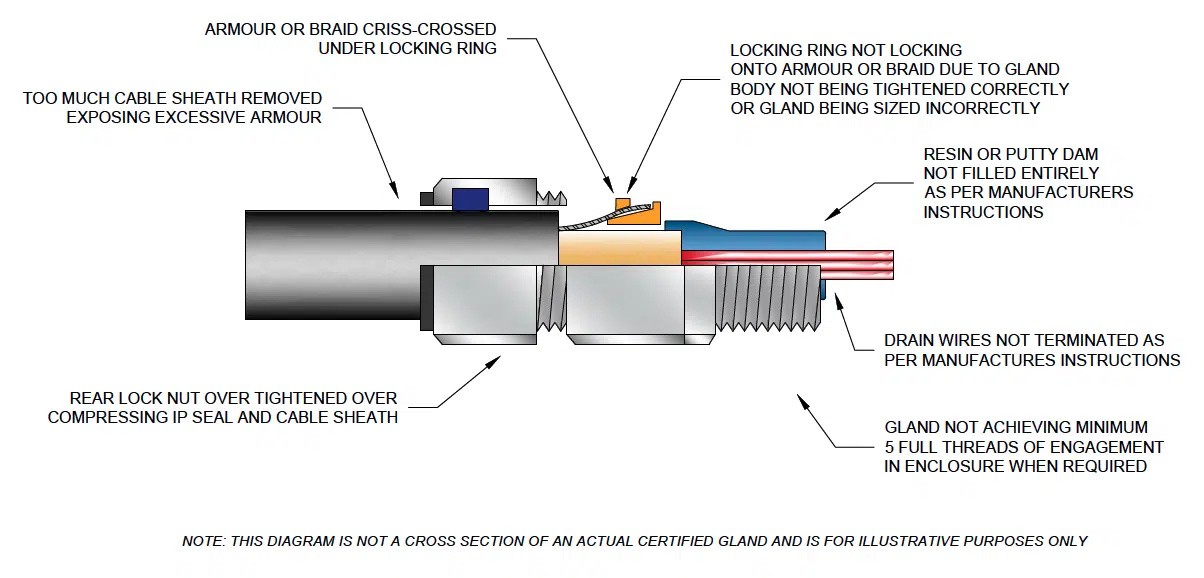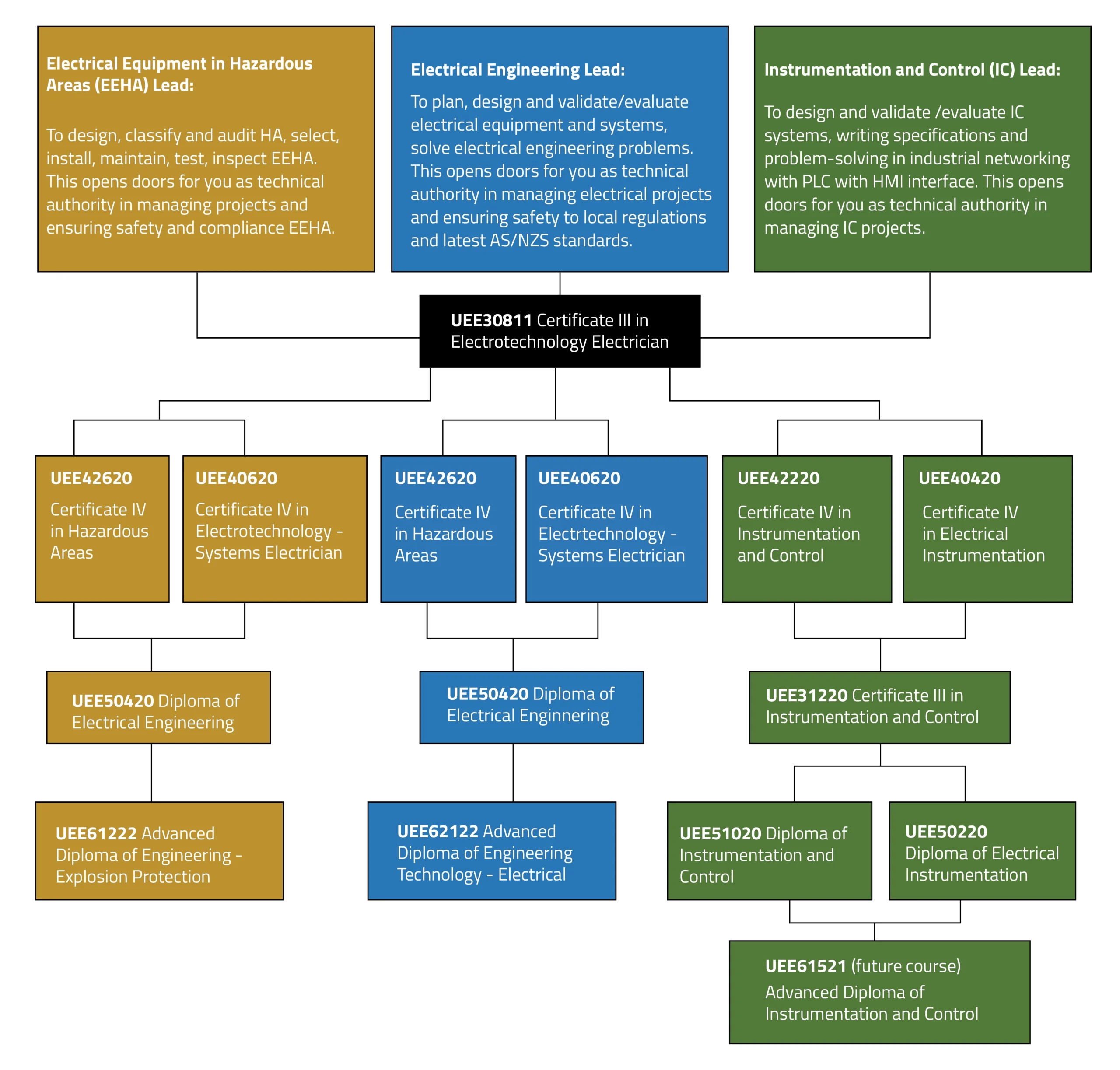Everything about Roar Solutions
Everything about Roar Solutions
Blog Article
Roar Solutions Can Be Fun For Anyone
Table of ContentsNot known Details About Roar Solutions Roar Solutions Fundamentals ExplainedHow Roar Solutions can Save You Time, Stress, and Money.
In such an atmosphere a fire or surge is feasible when 3 basic problems are satisfied. This is often referred to as the "dangerous area" or "combustion" triangular. In order to protect installments from a potential surge a technique of evaluating and identifying a potentially harmful location is called for. The objective of this is to guarantee the right choice and installation of devices to inevitably avoid a surge and to make certain security of life.
(https://yoomark.com/content/join-roar-solutions-our-comprehensive-hltaid011-provide-cpr-first-aid-course-and-gain)
No equipment ought to be installed where the surface temperature of the devices is more than the ignition temperature level of the given hazard. Below are some common dirt hazardous and their minimum ignition temperature. Coal Dust 380C 225C Polythene 420C (thaws) Methyl Cellulose 420C 320C Starch 460C 435C Flour 490C 340C Sugar 490C 460C Grain Dirt 510C 300C Phenolic Resin 530C > 450C Aluminium 590C > 450C PVC 700C > 450C Soot 810C 570C The likelihood of the risk existing in a concentration high adequate to create an ignition will certainly vary from location to area.
In order to identify this risk an installment is separated right into locations of threat relying on the quantity of time the hazardous is existing. These locations are described as Areas. For gases and vapours and dirts and fibres there are 3 zones. Zone 0 Area 20 A dangerous environment is extremely likely to be existing and may exist for long durations of time (> 1000 hours annually) or perhaps constantly Zone 1 Zone 21 A hazardous ambience is possible yet unlikely to be present for long periods of time (> 10 450 C [842 F] A category of T6 means the minimum ignition temperature level is > 85 C [185 F] Hazardous area electrical tools perhaps developed for use in higher ambient temperature levels. This would certainly indicated on the score plate e.g. EExe II C T3 Ta + 60C( This implies at 60C ambient T3 will not be surpassed) T1 T1, T2, T3, T4, T5, T6 T2 T2, T3, T4, T5, T6 T3 T3, T4, T5, T6 T4 T4, T5, T6 T5 T5, T6 T6 T6 A T Course score of T1 means the optimum surface area temperature created by the instrument at 40 C is 450 C. Thinking the connected T Class and Temperature ranking for the tools are proper for the area, you can constantly utilize a tool with a more stringent Department score than needed for the area. There isn't a clear solution to this inquiry however. It actually does depend upon the sort of equipment and what fixings require to be performed. Devices with specific test treatments that can't be performed in the field in order to achieve/maintain 3rd party score. Must return to the factory if it is before the devices's service. Area Repair Service By Authorised Worker: Complicated testing might not be called for nevertheless specific procedures might require to be adhered to in order for the equipment to keep its 3rd party score. Authorized workers must be employed to perform the work appropriately Repair work have to be a like for like substitute. New element have to be thought about as a direct substitute needing no special screening of the equipment after the repair work is complete. Each tool with a hazardous ranking need to be reviewed separately. These are outlined at a high degree below, however, for even more detailed info, please refer straight to the guidelines.
The 5-Minute Rule for Roar Solutions
The tools register is an extensive data source of equipment records that consists of a minimum set of areas to recognize each product's area, technological criteria, Ex-spouse classification, age, and ecological information. This info is essential for monitoring and taking care of the devices properly within harmful areas. In comparison, for periodic or RBI sampling inspections, the grade will certainly be a combination of Thorough and Close inspections. The proportion of In-depth to Close evaluations will be figured out by the Tools Threat, which is analyzed based upon ignition threat (the possibility of a source of ignition versus the likelihood of a flammable environment )and the unsafe area category
( Area 0, 1, or 2). This variation will certainly additionally affect the resourcing requirements for work prep work. As soon as Great deals are defined, you can create tasting strategies based upon the sample size of each Lot, which refers to the variety of read this article random tools items to be inspected. To figure out the called for example size, two aspects require to be reviewed: the size of the Whole lot and the category of evaluation, which shows the level of effort that must be used( decreased, normal, or enhanced )to the evaluation of the Lot. By integrating the category of assessment with the Great deal dimension, you can after that develop the appropriate rejection requirements for an example, suggesting the permitted variety of faulty things discovered within that example. For more details on this procedure, please describe the Energy Institute Standards. The IEC 60079 conventional recommends that the optimum interval in between assessments should not surpass three years. EEHA inspections will likewise be performed outside of RBI projects as component of arranged upkeep and devices overhauls or repair work. These examinations can be attributed toward the RBI sample sizes within the affected Lots. EEHA assessments are conducted to identify mistakes in electric tools. A weighted racking up system is essential, as a solitary tool might have multiple faults, each with differing degrees of ignition risk. If the mixed rating of both inspections is less than twice the mistake score, the Great deal is regarded acceptable. If the Lot is still considered undesirable, it needs to go through a complete evaluation or reason, which might set off more stringent evaluation protocols. Accepted Great deal: The sources of any mistakes are identified. If a typical failure setting is located, added devices might need maintenance. Mistakes are categorized by seriousness( Safety, Integrity, Housekeeping ), ensuring that immediate problems are assessed and dealt with promptly to reduce any influence on security or operations. The EEHA data source need to track and videotape the lifecycle of faults in addition to the corrective activities taken. Applying a robust Risk-Based Assessment( RBI )technique is essential for making sure conformity and safety and security in managing Electric Tools in Hazardous Locations( EEHA) (eeha training). Automated Mistake Scoring and Lifecycle Administration: Easily take care of faults and track their lifecycle to enhance inspection precision. The intro of this assistance for risk-based inspection additionally reinforces Inspectivity's setting as a best-in-class remedy for governing compliance, along with for any kind of asset-centric assessment usage instance. If you are interested in discovering more, we welcome you to ask for a demo and uncover how our service can change your EEHA administration processes.
The Only Guide to Roar Solutions

In regards to eruptive risk, an unsafe location is an environment in which an explosive atmosphere exists (or may be expected to be present) in quantities that require special preventative measures for the building, setup and use devices. high voltage courses. In this article we explore the obstacles encountered in the workplace, the danger control measures, and the needed competencies to work safely
These substances can, in specific conditions, create eruptive atmospheres and these can have major and terrible effects. Many of us are acquainted with the fire triangular remove any type of one of the three components and the fire can not occur, yet what does this mean in the context of hazardous locations?
In many circumstances, we can do little concerning the levels of oxygen in the air, but we can have considerable influence on sources of ignition, for instance electrical devices. Unsafe locations are recorded on the unsafe area category illustration and are recognized on-site by the triangular "EX" indication. Here, amongst other crucial information, areas are divided into 3 types relying on the risk, the possibility and period that an explosive ambience will exist; Area 0 or 20 is regarded one of the most harmful and Zone 2 or 22 is considered the least.
Report this page